
Dry hopping solutions
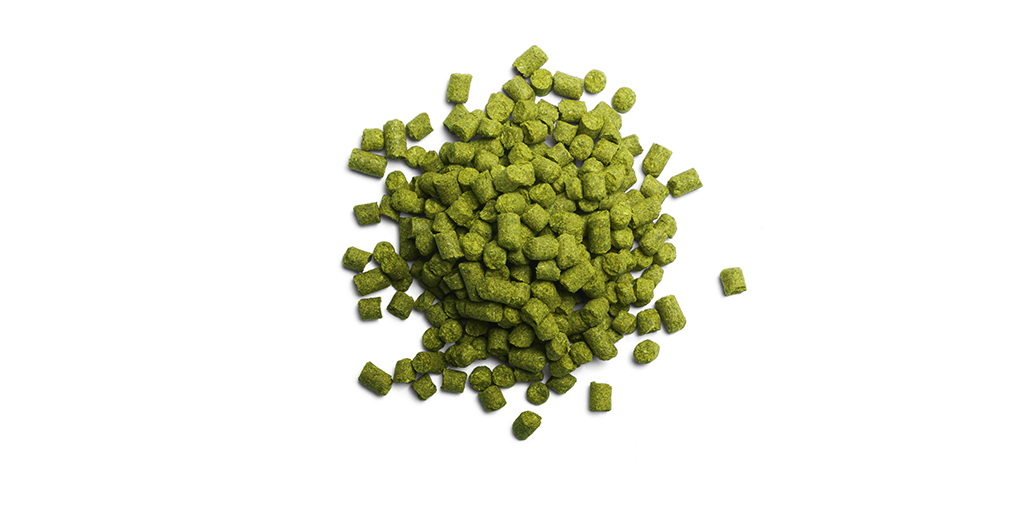
The popularity of styles such as Indian Pale Ales (IPAs), NEIPAs and XPAs means controlling the various aspects and different types of process issues related to dry hopping practices.
One of the main challenges of dry hopping is high product losses and cleaning in place (CIP). Hop particles can be difficult to get rid of in the process line. Worst case, the wrong handling of hop pellets can clog equipment such as heat exchangers, filters, or pipes.
Hop burn/bite, which is related to the quality of beer, is also a major issue. It refers to the astringent bitter hop flavour that has been transferred into the beer.
Another issue related to quality is dry hop creep, where diastase enzymes are added into your beer, through the dry hopping process, which break down dextrins, leading to over carbonation in packaged beers, and production of off flavours such as diacetyl.
Innovation in technology offers answers to dry hopping problems.
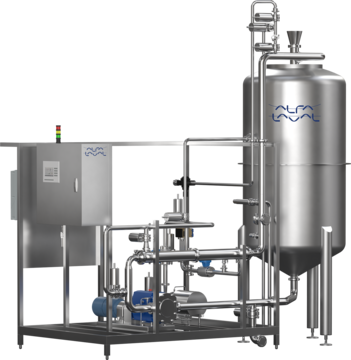
Alfa Laval Alhop Dry Hopping System
This standard module is a good choice for smaller volumes (50-200 kg pellets per dry hopping run). Alfa Laval applies a cross flow filtration technology, where the system is loaded with the hops to dry hop that particular batch, and then recirculates the beer to be dry hopped over the Alhop until the aroma profile is reached.
The built-in 100micron stainless steel strainer prevents the hops from going into the beer tank. The cross flow based process prevents the hops from clogging the strainer and allow for a high recirculation flow rate over the beer tank.
At the end of the extraction process, a large amount of hop slurry is left that contains a lot of beer, which you want to recover to reduce losses. That’s where the Alhop proceeds to a concentration step to recover as much beer as possible, and sends it back to the tank.
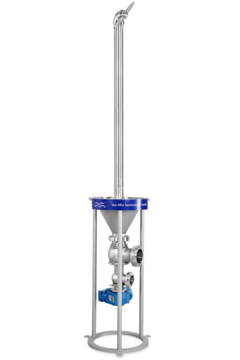
Alfa Laval Iso-Mix External Drive (IMXD) Rotary Jet Mixer
The IMXD is a better choice for larger volumes (200-5000 hl tanks). The system is integrated in the fermentation/maturation vessels, and the hops are mixed within the main vessel. It is based on Alfa Laval’s popular cleaning machines and batch mixing technology (Iso-Mix), which is used for dynamic fermentation. The IMXD allows for whole hop pellets to be recirculated and pass through its nozzles. This will ensure a fast hop aroma extraction and full homogenization of the hop particles into the beer.
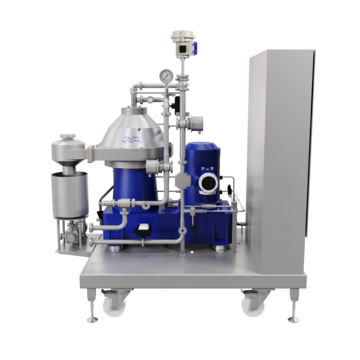
BREW series centrifuge
A centrifuge is a great tool for brewers. Its main purpose is to clarify your beer as you’ll get to remove coarse solids (yeast and dry hops) and improve the quality of your beer.
Furthermore, you can also decrease the amount of cells in suspension, which is one of the most important variables to consider, when you want to reduce dry hop creep. Besides that, other variables like total contact time, the timing of your dry hop addition or where in the process you’re adding the dry hops, can all be controlled when you’re removing hops and yeast from your beer by centrifugation.
Brewers can also use a centrifuge to replace a clogged filter. But it is important to note that a centrifuge is not a filter. It’s a ‘classifier’, as you get to decide how much yeast you want to retain in your beer.
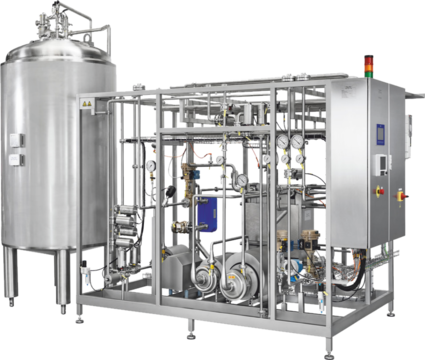
Flexitherm
Pasteurisation is usually used for biological stabilisation to kill the remaining yeast or potential bacteria in beer, using 15-25 pasteurisation unit (PU).
Pasteurisation doesn’t have a good reputation in craft brewery as heat treatment has a negative impact on the taste. However, the impact is very minimal. Besides that, thermal treatment is also used to stabilise beer and deactivate the enzymes responsible for hop creep.
Oxygen content in the beer to be pasteurised is actually the most important aspect to take into consideration. If oxygen level is high, the thermal process will accelerate the oxidation of the beer and therefore lead to off taste on the outlet.
Pro tip: A good tool to keep your oxygen levels in check is deaerated water (DAW). Alfa Laval offers the Aldox Mini, which is a simple and sturdy system that generates DAW at a flow rate between 10 and 40 hl/hr, and the DAW is ready within 2 minutes.



